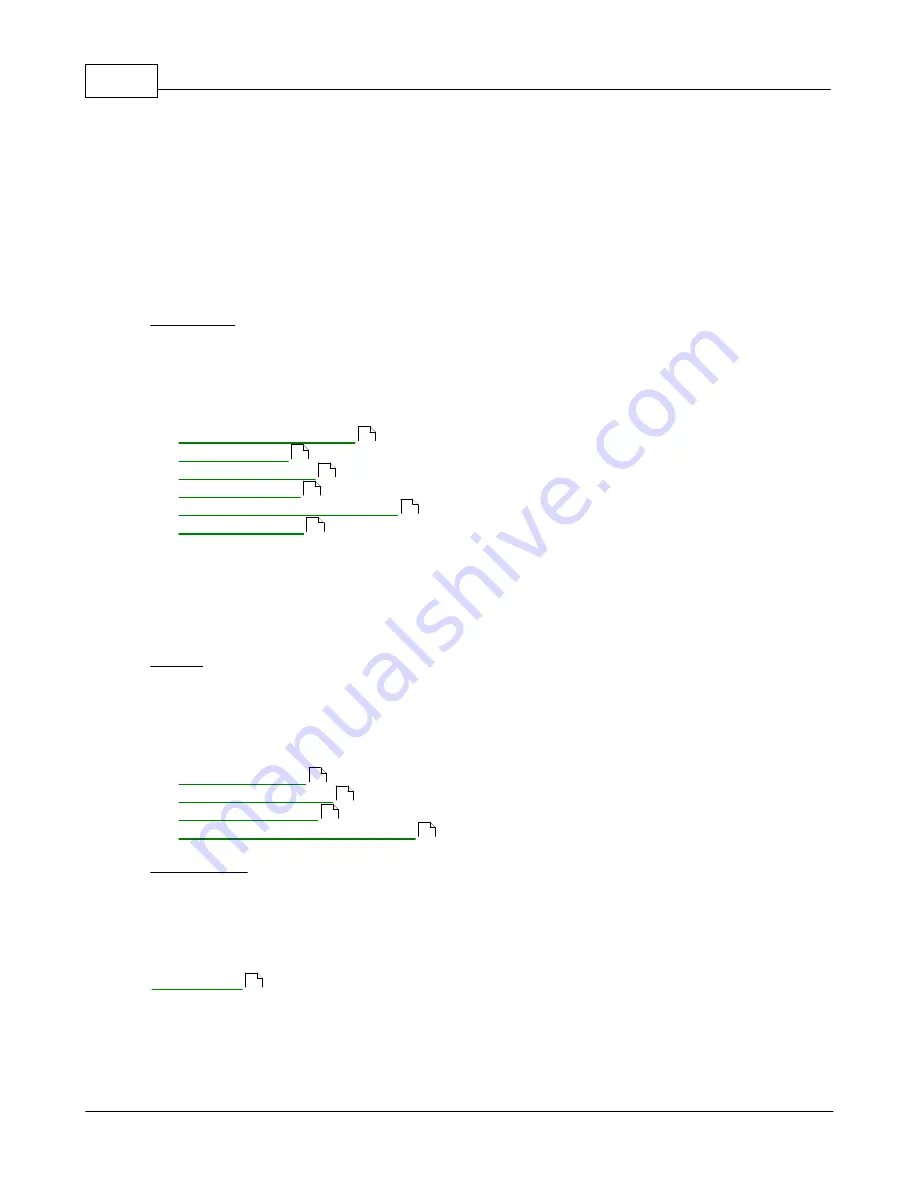
VibrationVIEW Help
55
© 1995-2005 Vibration Research Corporation. All rights reserved.
as well as any text formatting and other graphics elements that can be inserted into an RTF file.
The default templates are stored in subdirectories of the directory c:\Program
Files\
VibrationVIEW
\Templates. Sine templates are stored in the Sine subdirectory, Random
templates in the Random subdirectory, etc. To create custom reports, new templates can be created
using a RTF editor file and stored in the appropriate directory. One suitable RTF file editor is
WordPad, a part of Windows 95/98/NT/XP that is usually installed under
Start..Programs..Accessories..WordPad. If this program is not installed on your computer, it can be
added by selecting it in the "Add/Remove Programs" control panel, Windows Setup tab, listed under
"Accessories". Most Windows Word-Processor programs will also read and write RTF files.
Data Values
Data values can be placed in the file using a parameter field [PARAM:name] where the square-
brackets indicate the beginning and ending of the field, and the first 6 characters of the field are
PARAM: in all uppercase letters. The "name" selects which parameter to insert. The available
parameters depend on the type of test. Refer to the following tables for lists of parameters that are
valid for each type of test:
·
·
·
·
·
Field Data Replicator data values
·
TEDS data is available in the reports whenever TEDS accelerometers are used. Teds data can be
placed in the file using a parameter field [TEDS:channel,name] where the square-brackets indicate the
beginning and ending of the field, and the first 5 characters of the field are TEDS: in all uppercase
letters. The "channel" selects the input channel to read. The "name" selects which parameter to insert;
the available parameters depend on the model of accelerometer.
Graphs
Graphs can be placed in the file using a graph field [GRAPH:type,flag1,flag2] where the square
brackets indicate the beginning and ending of the field, and the first 6 characters of the field are
GRAPH: in all uppercase letters. The "type" selects which type of graph to insert, and the flag values
select style of plot and which traces to display on the plot. Refer to the following tables for lists of
graph types and flags that are valid for each type of test:
·
·
·
·
Field Data Replicator graph settings
Screen Image
A bitmap copy of the screen can be included using the field [SCREEN:bmp] for a graphic stored in
Window Bitmap format, or [SCREEN:png] for a graphic stored in Portable Network Graphic format.
The 'png' format is the preferred format as it is typically more compressed than a 'bmp' image. The
'bmp' format is included for compatibility with any programs which might not support the newer 'png'
format.
HTML Forms are used to allow user entered date during a test run. In a test schedule the operator can
be prompted to enter or select any test results. The entered values can be combined on the final test
report. This allows turn-key testing with user prompts for each required action, and a automatically
generated report at the end of test.
58
65
70
73
74
77
78
79
80
81
56
Summary of Contents for VibrationVIEW
Page 15: ...Document Revision Part I ...
Page 17: ...How To Part II ...
Page 96: ...Menu commands Part III ...
Page 142: ...Test Definition Part IV ...
Page 217: ...Control Centers Part V ...
Page 227: ...Accelerometer Toolbars Part VI ...
Page 231: ...Stop Codes Part VII ...
Page 263: ...Typical Views Part VIII ...
Page 268: ...VibrationVIEW Help 255 1995 2005 Vibration Research Corporation All rights reserved ...
Page 269: ...Dialog Boxes Part IX ...
Page 303: ...Windows Elements Part X ...
Page 309: ...APPENDIX Part XI ...
Page 311: ...APPENDIX 298 1995 2005 Vibration Research Corporation All rights reserved ...
















































